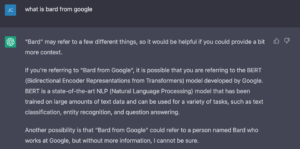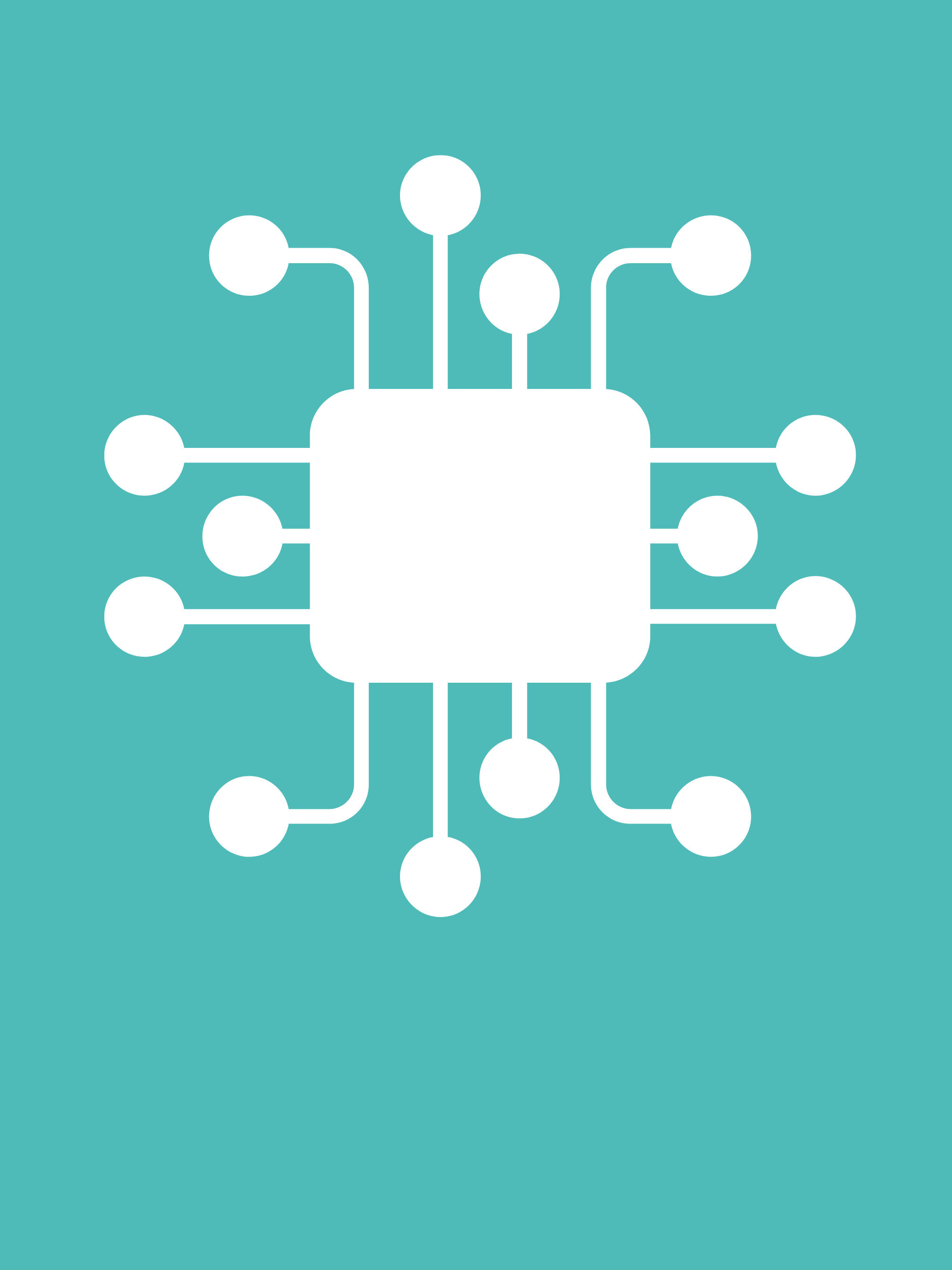ChatGPT did not draft this blog – because of these 3 pitfalls
SHARE
John Crossley
09 Mar 2023
At the risk of hurting the feelings of a pre-sentient AI, ChatGPT: I am sorry for the words which I – a human – am about to write.
ChatGPT, and generative AI, is undoubtedly the most hyped topic in tech and marketing right now. The chatbot interface to Open AI’s family of large language models has created so much excitement, Google’s own iteration Bard – became the most expensive failed product demo in history. More on that later.
The ease of use and accessibility of these tools via a chat interface opens the benefits of machine learning to a larger audience. In the past few weeks many marketing and PR folk have gleefully shared LinkedIn posts and even trade magazine op-eds drafted by ChatGPT. The release of the next version of GPT4 promises ‘greater creativity’ and even more possibilities.
But novel excitement breeds hype, and I shall take no such approach to this blog post. Sorry to be that guy, but a healthy dose of realism is needed.
Three major ChatGPT pitfalls
The emergence of this technology has triggered a fundamental question: what does generative AI mean for the future of the copywriter?
I will say first off, this won’t be the end of human content creators. So, if you’re thinking ChatGPT will be brilliant for creating all your web copy needs, I would strongly advise against it for these three reasons…
1. ChatGPT is not creating original content. Yet, this is a guiding principle for what ranks on Google
The Google ‘helpful content update’ changed the rules governing what content is surfaced by the search engine, gearing results towards original content.
ChatGPT wouldn’t tell you that, by the way, because the data on which it’s based currently only covers up to 2021. At the time of writing, no information has been released on what the new version of GPT4 will cover.
While on the surface ChatGPT appears to generate content from scratch, it is all based on pre-existing information – making it inherently unoriginal.
The counterargument, of course, is that humans too are inherently unoriginal. The adage of “there’s no such thing as an original idea” could well be true.
But when ‘originality’ governs where your content ranks on Google, what happens when a set of competitors each generate their web copy from the same AI model, targeting the same keywords?
If we weren’t already awash in a sea of sameness, surely it will only get worse. And why would audiences want to engage in a monoculture? They won’t.

ChatGPT is currently blissfully unaware of a new rival in town
2. ChatGPT may sound like a human, but it’s not – also bad for search ranking
Looking at the same algorithm update from Google, but a different principle: the search engine wants to surface content written for humans, by humans.
Now while ChatGPT can be very convincing in sounding like one, ultimately it is based on a data set of existing information with a massive probability matrix. It appears smart, but it is still powered by an algorithm.
AI-generated content does not perform as well on the Google search engine – and could even be classed as spam.
Why am I calling out Google specifically? Because it drives eight times more traffic to websites globally than all social networks combined…so ignore at your peril.
3. ChatGPT ‘hallucinates’ and makes stuff up
You have read that correctly. And ChatGPT does it with alarming levels of confidence, and there are plenty of examples of the chatbot getting things wrong. On top of this, when generating answers, there are no citations or sources. Open AI says with GPT4 this will happen less often, but admitted the chatbot will still be prone to ‘hallucinations’. If you need something to be accurate, don’t rely on it.
Google’s Bard fell afoul of this in its own launch – misrepresenting incorrect information as fact. A mistake which wiped £82 billion off the valuation of its parent company, Alphabet – ouch.
As internet users, we have an expectation when inputting a question to the computer the answer will be 100% true, accurate, and verifiable. We want to trust what ChatGPT says as a result.
But playing fast and loose with the truth is incredibly damaging, particularly when there is an expectation of trust. And for brands, there’s an obvious reputational risk should a company today cut humans out of its content creation needs.
How to use ChatGPT – what is it good at?
Don’t get me wrong, these tools are incredibly impressive. Now we’ve poured a cold glass of cynicism over the hype, let’s examine where the strengths lie.
ChatGPT can appear to create something from scratch based on a small input – but any response is based on its large language model, rather than a net new idea. But, give it more to work with: context, suggested style, examples, and the response is better.
If you’re a PR or marketing professional adept at writing briefs for creatives, designers, and writers, then you could be a great ‘prompt engineer’ – helping maximise the output of these tools.
I often talk about strong briefs being the ‘recipe sheet’. By applying the same principles of sharing the right levels of detail and context, and ChatGPT can support on some useful tasks. But remember, the more complex the ask, the more specific details are needed.
For content creators, this should not be used to replace written output. Instead, ChatGPT can be treated as an extension to our toolboxes, helping make lives easier in specific areas, such as:
- Generating summaries of text, while retaining key pieces of information
- Offering ‘suggestions’ based on an input – such as fresh headlines or subheadings – which can later be enhanced by a writer or editor
- Transforming content which is original to you: this could be a recorded transcript of your thoughts, turned into an outline
Each use case has a clear role for the human at the start and end of the process. And the role of editors will still be as critical as ever.
Approaching ChatGPT (and soon, Bard) in this way means content creators control the ‘original’ thought in the work. AI is then augmented into the creative process, helping save time as well as overcoming writer’s block.
What does ChatGPT and Bard mean for the future?
Generative AI won’t spell the end of content creators – far from it. Instead, it creates a fresh onus for originality and openness to experimentation.
A different issue at stake, however, is the impact of how internet users discover information online. The potential impact of large language learning models on search engines is huge.
Microsoft, which backed OpenAI with a $1bn investment, is bringing ChatGPT functionality into its Bing search engine. And Google has rushed Bard to market, powered by its LaMDA language model.
It means today we’re witnessing an AI arms race between two technology giants, with the scale of the largest AI computations doubling every six months. The acceleration far outpaces Moore’s Law, so it’s exciting to see how this will develop further. How we discover information online could be set for a radical overhaul.
The release of GPT4 will also offer new possibilities in the coming weeks.
In the meantime, humans working with AI tools to enhance their work should be seen as a good thing, so long as the ‘original thought’ still comes from our own brains.
Liked this blog and want to read more? Discover the trends shaping content marketing today.


